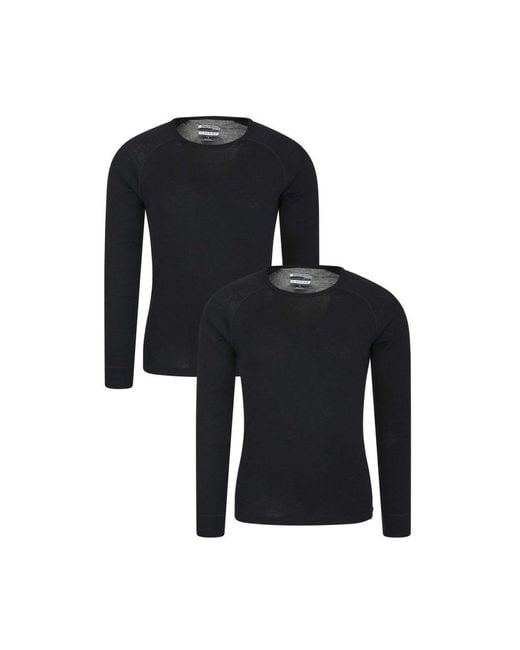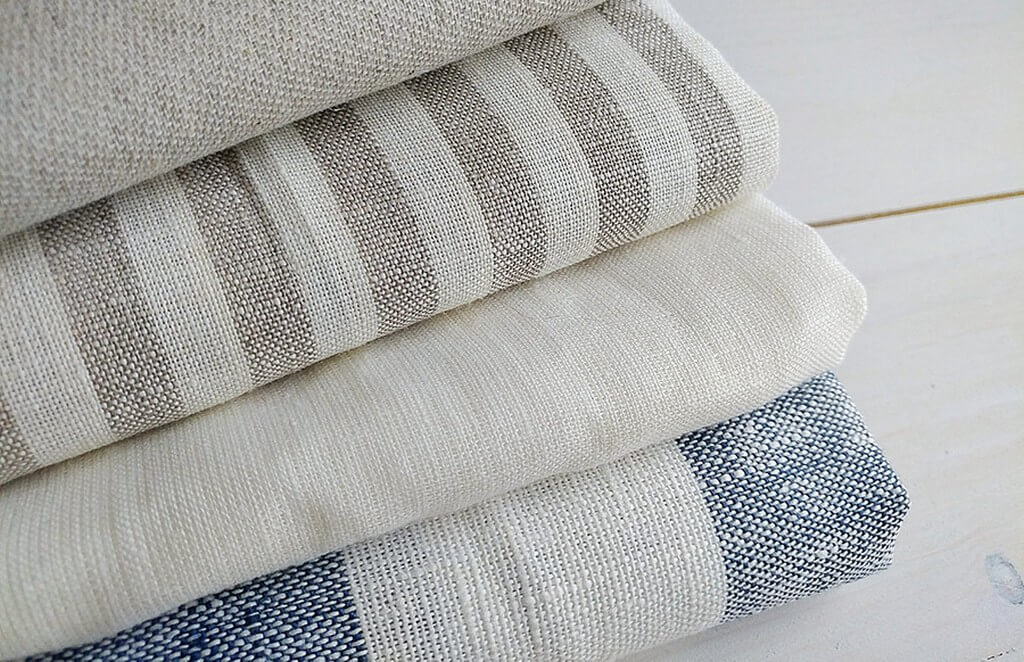Recommended News On Choosing Bamboo Clothing
Wiki Article
Why Is The Yak Merino Base Layer So Ideal For Winter Sports Clothing? And The Reason Behind It?
Because of the combination and benefits of both yak and Merino Wool, Yak base layers can be used effectively for winter sports clothing. Its hollow fibers trap the air and provide excellent insulation. Merino and the fabric's excellent insulating qualities and warmth, it gives you the best warmth and comfort during colder weather.
Merino Wool is a natural fiber that has moisture-wicking properties. This means it is able to absorb the moisture of the skin, and then release it to the air. It keeps the wearer dry. Yak wool is a great complement to this, being able to wick moisture away. This helps to maintain body temperature by removing moisture from the skin during vigorous exercise in cold weather.
Merino is known for being soft and comfortable, with fine fibers that result in less irritation. The fabric created by blending yak fibers with the smooth and soft fibers of merino wool feels extremely comfortable when applied to the skin.
Odor Resistance- Both merino wool and yak wool contain antimicrobial properties in their natural form that help in preventing the growth of bacteria that cause odor. This characteristic allows the garment to keep its freshness even when used for long periods of time.
Durability The durability Yak is a tough fiber. When combined with merino, it can withstand the wear and tear of outdoor sports and activities.
Temperature Regulation Yak merino's base layer regulates your body's temperature and keep your body warm during cold temperatures. They are also breathable to prevent you from overheating while performing intense activities.
Merino wool, yak wool, and other biodegradable and renewable materials are eco-friendly fibers for winter sportswear.
These attributes are what make yak merino base layer an ideal option for winter sportswear since they offer warmth and comfort, as well as moisture control, and durability. Take a look at the top merino wool base layers for blog info including wool thermal underwear, wicked wool base layer, merino wool layers, lightweight merino wool base layer, best base layer for skiing, merino wool underlayer, merino wool leggings mens, merino ninja suit, best base layer for skiing women's, smartwool base layer mens and more.

What Are The Benefits To Bamboo Clothing In Relation To Thermal Regulation? Uv Protection. Biodegradability. Environmental Impact.
Thermal RegulationBamboo clothing offers many advantages, including protection from UV rays, biodegradability, as well as environmental impacts.
Insulation: Bamboo fabric is a natural material with natural thermal properties that provide warmth in cold weather. It regulates body temperature by retaining warmth in cooler temperatures and allowing ventilation during physical activity to stop overheating.
UV Protection
UV Resistance - Bamboo fabric offers natural protection from harmful ultraviolet rays. It can block a significant portion of the sun's ultraviolet radiation, and provides an additional layer of protection against the sun's rays when outside.
Biodegradability-
Biodegradable bamboo clothing will break down organically by the end of its lifespan without leaving toxic leftovers. It also does not contribute to the creation of pollution. This reduces waste, and the environmental impact of clothing that is to be discarded.
Environmental Impact-
Sustainable Bamboo- Bamboo is extremely eco-friendly as a material for raw materials. It grows rapidly and abundantly without the need for pesticides or chemical fertilizers, thus reducing the impact on the environment of cultivation. Its rapid growth rate is what makes it renewable.
Bamboo has a lower water requirement compared to cotton and other crops. Bamboo is thus more efficient in terms of water use. This helps conserve water and reduces the strain on resources.
Soil Conservation
Soil Health - Bamboo cultivation generally does not deplete soil nutrients or require a lot of irrigation, which contributes to better soil conditions and reducing the need for harmful agricultural practices.
Carbon Sequestration
Carbon Absorption Bamboo plants are able to absorb more carbon dioxide, and release oxygen into the air than some other plants. This attribute helps mitigate carbon emissions and combat climate change.
The benefits of bamboo clothing include thermal regulation in addition to UV protection and biodegradability. Bamboo is also an ideal option for those looking for clothing that is sustainable. These qualities are aligned with eco-friendly practices that provide benefits to the wearer as well as for the environment. Have a look at the top bamboo clothings for website recommendations including t shirts bamboo, bamboo jacket, bamboo workout clothes, freefly summer hoodies, bamboo workout clothes, organic bamboo pajamas, bamboo cotton t shirts, bamboo sun shirt, bamboo jacket, short bamboo and more.

What Is The Texture, Warmth And Absorption Of Merino Or Bamboo Compare To Wool?
In comparing merino wool, bamboo clothing, and traditional wool in terms of warmth, texture, and moisture absorption- Texture-
Merino Wool Merino Wool's fine and soft fibers makes it softer and more smooth than wool that is traditional. It's often considered more comfortable against skin.
Bamboo Clothing Bamboo fabric is soft and silky. It's often compared with luxurious materials such as silk or Cashmere. Bamboo has a soft and delicate texture, providing a comfortable wearing experience.
Traditional Wool - The texture can differ. Some types of wool may feel coarser or more likely to cause irritation or itching when compared with merino and bamboo clothing.
Warmth-
Merino Wool Merino wool offers excellent warmth due to its insulating properties. It is a good insulator in cold weather and retains warmth even in damp.
Bamboo Clothing offers warmth, but it isn't as much insulation as wool. It can regulate the body's temperature and can be comfortable in a range of conditions.
Traditional Wool- Much like merino wool traditional wool offers warmth and insulation. It is more bulky and heavier than merino wool or bamboo clothing.
Moisture Absorption-
Merino Wool Merino Wool is an organic fiber that has amazing moisture-wicking properties. It pulls moisture away from the skin, and then allows it to evaporate. It is warm even when wet.
Bamboo clothing - Bamboo fabrics will help wick away moisture and provide comfort during active people. Bamboo clothing regulates moisture and keeps wearer dry.
Wool isn't as water-wicking as bamboo or the merino. Some types of sheep's wool may feel damp and heavy after being wet.
Summary The Merino Wool fabric is renowned for its soft, warm, and having excellent moisture-wicking qualities. Bamboo clothing is soft, silky, and warm. It also regulates the amount of moisture. The texture of wool clothes can vary and it can offer warmth or moisture absorption. However, it might feel heavier than merino or bamboo clothing. Each fabric is distinct and can meet the needs of different people. Have a look at the best merino winter clothings for blog tips including merino wool ski base layer, best long underwear for skiing, best long underwear for skiing, smartwool thermal underwear, wool undershirts, smartwool 1 4 zip, wool long underwear, merino wool long underwear women's, wool thermals womens, wool base layer womens and more.
